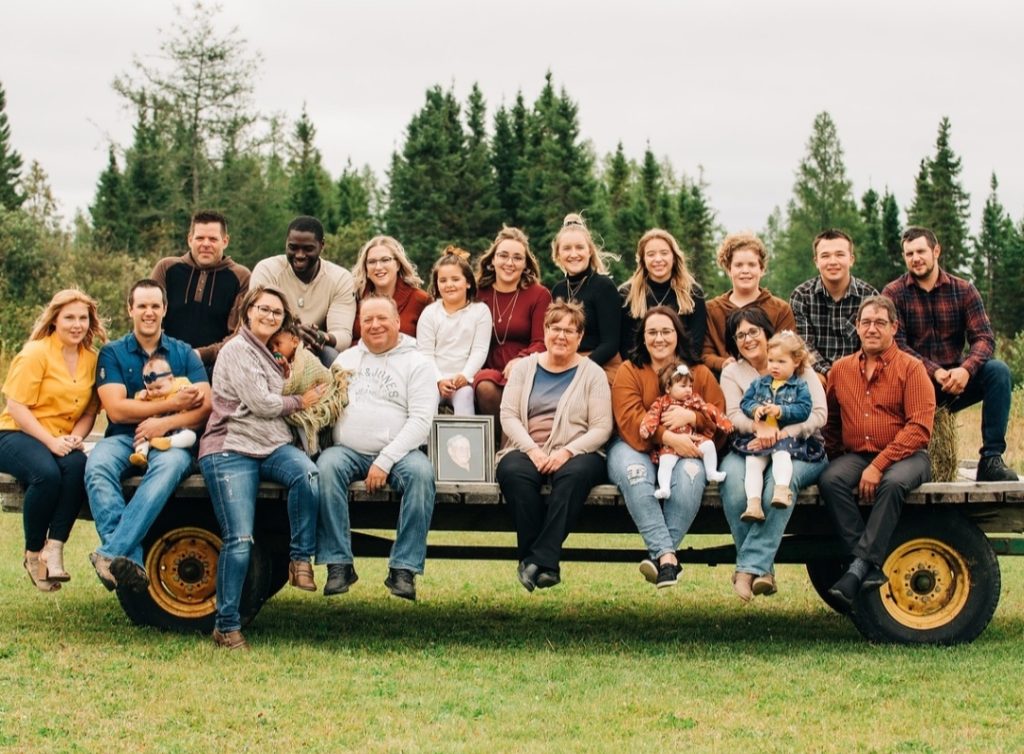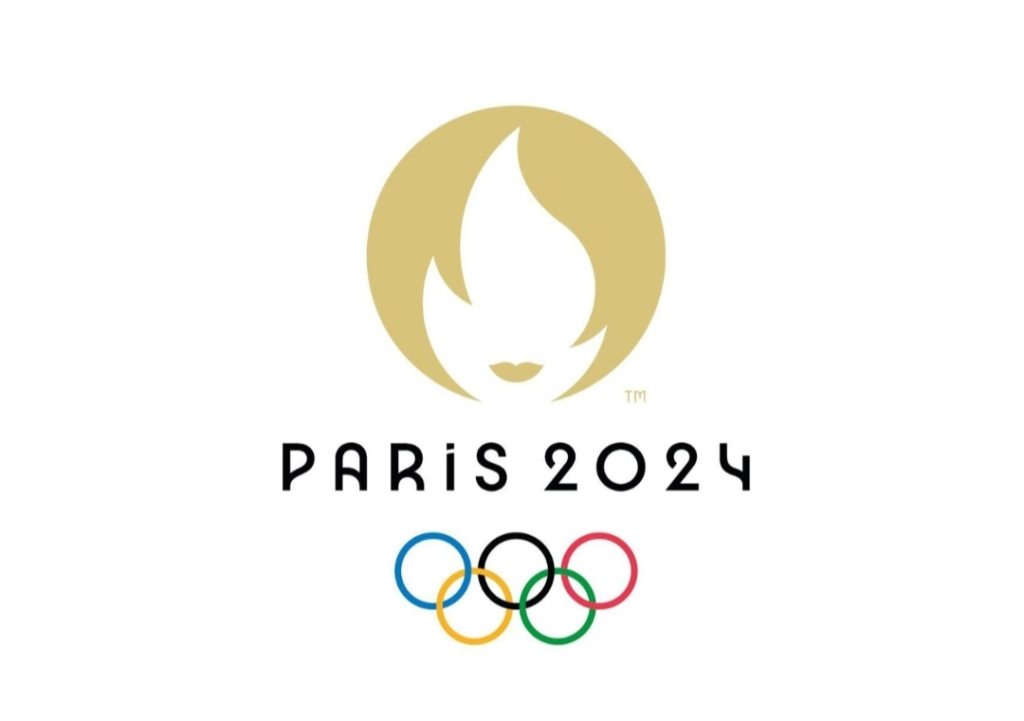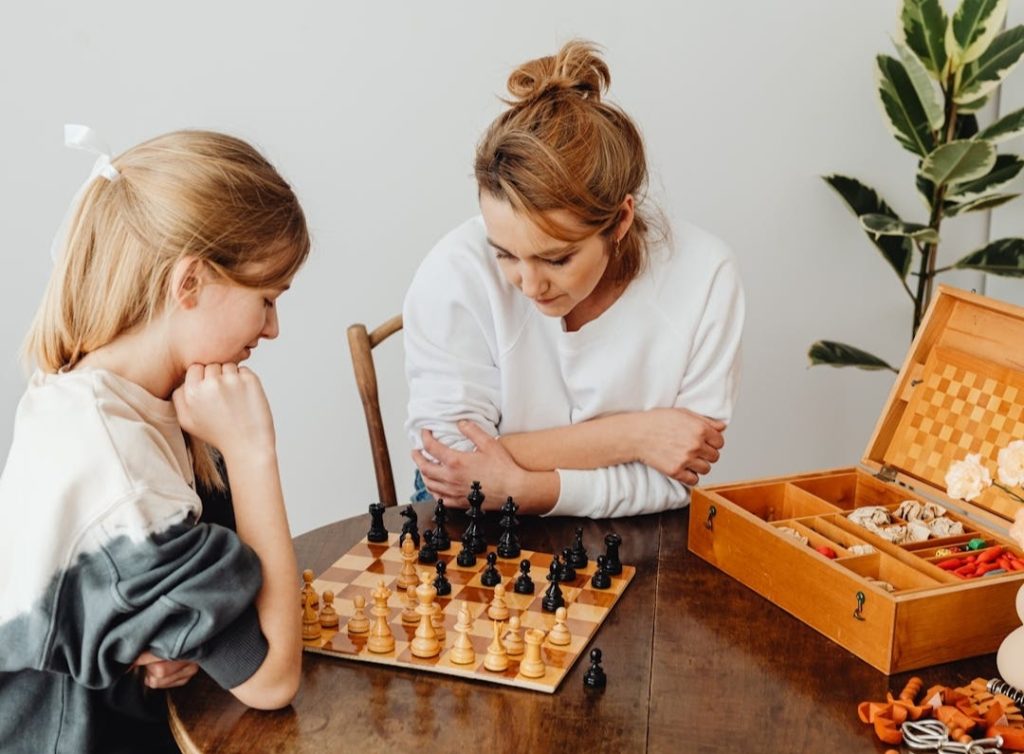“Not only is horseback riding a great total body workout with upper body strength, core, and balance, but the lower body as well with the ability to hold your seat and move as one with your horse,” sums up the question of how horseback riding provides exercise according to my friend Adele.
According to horseracingsense.com, one works one’s arms, legs, core, and shoulder muscles when horseback riding. Simply stated, it’s a full-body workout. It improves heart health while providing a workout for leg and arm muscles. Not only is it fun, but it’s also great exercise.
My friend Vicki sums up the rapport and benefits of a workout between a horse and a rider by explaining, “Emotional and mental fitness are needed – in order to have a solid partnership, riders need to control our emotions and allow a conversation to emerge.”
Years ago, I read somewhere that someone said, “Horseback riding means using all your body’s strength, muscles you have developed, and a keen sense of balance – and that’s just getting on the horse!” True statement.
Julia Burks remembers her pre-horseback riding days when she sat in a chair at work for eight hours or more a day. Her posture became very bad, and she developed occipital neuralgia, which is basically a shooting pain caused by pinched nerves above the shoulder going up to the head. “Horseback riding has helped my posture and now even though I still sit for eight-plus hours that pain has gone away as long as I get out to exercise my back twice a week if not more while riding Etta.” She also previously had kidney stones, but “riding a horse has helped me pass them due to the constant jarring to the body it causes.” And some of us just thought we were having fun!
My friend Marlys readily admits as she ages “my doctor reminded me that I need to keep moving. I told her it’s not a problem because I have horses. It’s exercise while doing what you love.” Kera attributes overall fitness to the sport. “Horseback riding is great for strengthening your core muscles, which improves your balance.”
One of my doctors asked me if I exercised. I replied that I did and that I went horseback riding. He informed me horseback riding is not exercise. I found another doctor.
There are many benefits to horseback riding although at the heart of the sport is a connection one grows with another living being. After 22 years together, my horse and I know our moods, how we move, and what to do about something scary. Most of the time.
Developing core muscles, the ones that support one’s torso and therefore keep one upright, are central to horseback riding and this includes stomach muscles, lower back muscles, and all the ones that wrap around the spine and sides. Strengthening the core gives balance and improves posture which additionally prevents or reduces low back pain. Riding a horse requires balance which is only possible with well-developed core muscles.
An equestrian’s leg muscles work via isometrics, the act of using force against an object. In the case of riding, the leg muscles support the rider’s weight. The inner thigh and glutes (generally known as the hips and butt) are worked to the extreme. Trotting, cantering, and galloping involve the rider holding their body weight by pressing down on their stirrups, duplicating squats’ benefits. The inner thighs exert pressure against the horse to maintain balance and increase the speed. Depending on the gait and activity of the animal, riders often work their legs harder than they would at a gym.
Equestrians don’t always feel the workout involving their arms and shoulders as they become more accomplished riders. The rider will use the body more than the arms, but holding the hands and arms correctly provides communication with the horse. This is true of riding with a bridle and a bit or another piece of head equipment like a hackamore or halter; the arms communicate through the reins in conjunction with the body.
Horseback riding keeps people alert and focused because we need to be able to foresee if the horse is going to get scared and run, spin around, and/or run you into a tree. The ability to make quick decisions assists riders in concentration and problem-solving skills. Equestrians must keep alert and be prepared for the unexpected all the while using muscles and body controls to keep the horse under one’s command.
It’s an all-out full body and mind exercise and for those of us who love horses, it’s an adrenaline rush with an understanding of signals and the areas surrounding horse and rider. The beauty of the communication and physical stamina adds to the pure fun of the ride. I tell people to watch out for me since I’m an equestrian because “I’m used to dealing with 1,000 pounds of pure horse energy – YOU will not be a problem.”
Her Nexx Chapter invites you to join our free Community where women from around the world are connecting with each other’s stories, exploring different experiences, and transforming ideas.
The Future of Connection for Women








0 Comments